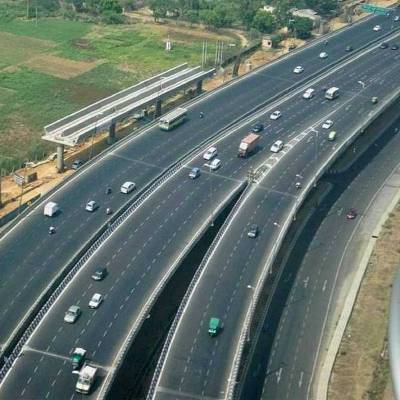

Back in 2014, Chhattisgarh had 75,742 km of roads and Uttarakhand had 52,628 km of roads, while Jharkhand had only 26,277km of tarmac, which was far below the national average. As against the national average of 180 km of road per 100 sq km of land, Jharkhand had only 86.26 km of roads. To achieve its target of 130 km, the government planned on constructing 3500 km of roads, of which 385 km were constructed in 2012–13 and 625 km and 1298 km in FY13–14 and FY14–15, respectively. The Dhanbad-Chandankyari project, with an estimated cost of Rs 4.41 crore, was one project that hit a roadblock. With the delay in the successful implementation of such projects, it was clear a paradigm shift was required. Especially considering investors who had expressed doubts about setting up business in the state owing to poor connectivity and bad roads, among other factors.
However, over the years, the government has taken steps to ramp up the roads and national highway networks. As highlighted by a recent survey, the length of national highways in the state grew by 27% between 2018 and 2020, from 2,649 km to 3,367 km, and that of state roads by about 9%, from 11,709 km to 12,736 km. NHAI has been entrusted with undertaking the project of construction of a 4-lane bypass on NH114A connecting NH 333 to NH 133 (Deoghar bypass) from design km 0.000 to design km 49.000 (a total length of 49 km) on HAM mode. The central government, with hopes of further boosting infrastructural development, allocated Rs. 205 crore in FY 2017–18, Rs. 170 crore in FY 2018–19, Rs. 500 crore in FY 2019–20, and Rs. 675 crore in FY 2020–21 for highway projects.
The DPR (detailed project report) for the development of the Munger-Mirzachowki section of NH-80 (the new NH-33) between km-65 and km-190 in the State of Bihar to four-lane standards, including the Bhagalpur bypass, of which Kahalgaon-Mirza Chowki is a part, is being finalized by NHAI at an advanced stage. Through NH-133, which was already widened to two lanes with paved shoulders in March 2017, Barahat is connected to the Kahalgaon-Mirza Chowki section of NH-33.